A new laser-based bimodal waveguide interferometer sensor detects coronavirus via changes in the sensor’s evanescent light field.
European photonics researchers are now developing a laser-based sensor that detects coronavirus at the earliest point of infection from a saliva or nasal swab in minutes. Responding to the European Commission’s express calls to tackle the coronavirus pandemic, the scientists are developing a new rapid, noninvasive optical biosensor demonstrator that will detect COVID-19 in humans as soon as it is present in the body.
Calling themselves CONVAT and coordinated at the Catalan Institute of Nanoscience and Nanotechnology (ICN2; Barcelona, Spain) the researchers have tested the demonstrators on patients’ fluid samples provided by Vall D´Hebrón Hospital in Barcelona and several other hospitals in Spain for other pathologies. Having already created six working laboratory demonstrators for other applications, the research team says the technology still needs further adaptation and testing but could be available in a year at the latest.
With the ability to diagnose in real-time with high specificity from a low concentration sample, the sensor is much more reliable than the coronavirus rapid-test finger-prick kit that detects if a person has had the coronavirus before and has since recovered.
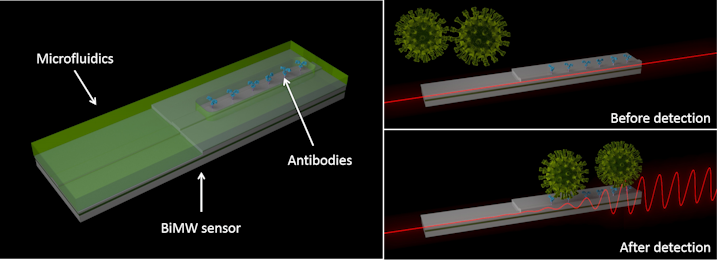
How it works
The detector works by looking at the binding of the coronavirus molecules to the sensor surface, which produces a change in signal when the virus is present. The CONVAT team use a nano-interferometric biosensor, which they say is the most sensitive, label-free detection technology available in the world today, and which identifies at the molecular level. Because the bioreceptors on the sensor surface are specifically tuned to a particular antigen of the virus, only the coronavirus molecules are captured on the sensor.
Light passing into the the sensor generates an evanescent field of a few nanometers in height over the sensor surface. Here, receptors (such as antibodies or DNA strands) can recognize the antigens of the virus capsid when a respiratory-fluid sample passes through. This recognition event produces a change in the refractive index, causing the light to slightly change its direction of travel. This change can be measured and determined precisely against a set of existing values — and could give an instant diagnosis for coronavirus expected at the picomolar to attomolar (pM–aM) range without any need for amplification.
Once a sample is prepared and is in place, the device confirms a positive or negative for coronavirus instantaneously. However, allowing for preparation time and analysis, a result, from sample to diagnosis, may take up to 30 minutes.
“With thousands of deaths worldwide, we are in urgent need of a rapid new testing kit that is accurate, highly sensitive, noninvasive, and cheap to produce,” says professor Laura Lechuga, the project coordinator. “We are currently integrating all the instrumentation in a portable 25 x 15 x 25 cm box with a tablet control. At present, our detector is user-friendly, with the preparation being only technical expertise required, and could be widely deployed for GPs or nurses to test patients.”
The team created what they call a bimodal waveguide interferometer, which uses two modes of a light beam (at a visible wavelength) traveling in a single waveguide. “The light interacts with analytes during their travel and at the end of the bimodal waveguide; we record the interference between both light modes,” says Lechuga. “The signal is collected with a photodetector and processed by electronics, all instantly in real-time.”
Clean detection
While it is not known exactly how the COVID-19 virus is spreading from person to person, it is thought the outbreak — similar to the 2002 SARS coronavirus — may spread via cough and sneeze droplets.
“Our nanophotonic POC [point of care] biosensor can examine respiratory body fluids for rapid diagnostics and screening,” notes Lechuga. “It looks directly at the human or animal reservoir samples without the need for PCR or other time-consuming treatments. In our previous work, we demonstrated sensitivities at the attomolar (aM) level for direct specific miRNA detection and 4 CFU/mL for whole pathogen detection. While our previous results are promising, our sensor will be further optimized and evaluated also for viral RNA analysis in a multiplexed format for more accurate diagnosis and identification of virus strains among different coronaviruses and other clinically relevant viruses.”
The technology to be used in the coronavirus detector was a pre-existing piece of apparatus developed by Lechuga to examine different pathologies, like bacterial infections, or cancer biomarkers. However, in response to the 2019-nCoV pandemic, the researchers knew their technology could be modified to detect early, low-viral-load cases.
Funded by Horizon 2020, the European Commission’s scientific research initiative, the scientists only began work on their detector at the start of March, in response to the pandemic.
Source: Photonics21
Originally appeared on: Laser Focus World
Main photo credit: freepik

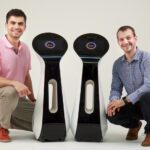
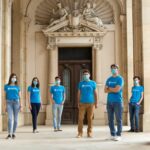

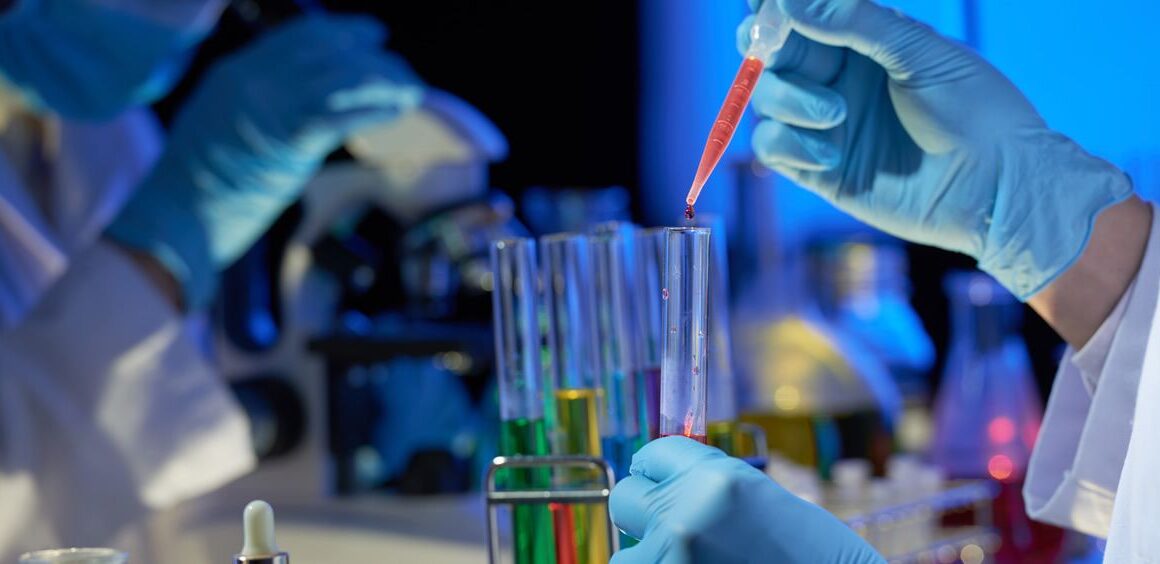
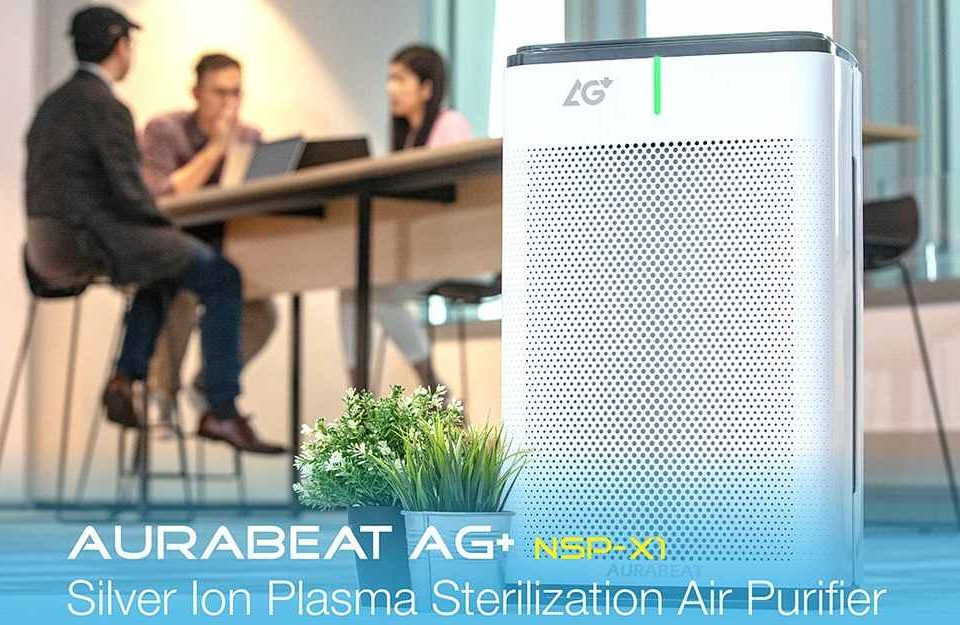
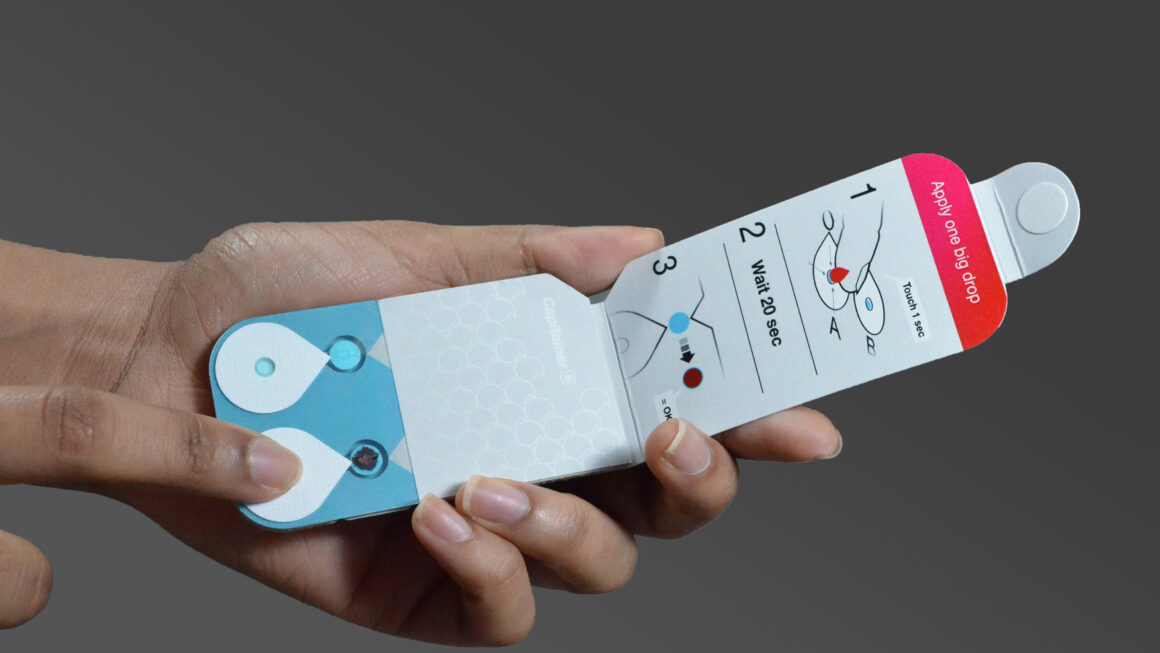

I enjoy you because of your whole hard work on this web page. Debby really loves carrying out investigation and it’s really obvious why. Many of us learn all about the compelling manner you deliver powerful items via your web blog and as well as recommend participation from visitors on that matter then our favorite princess is now discovering so much. Enjoy the remaining portion of the new year. You’re the one carrying out a powerful job.